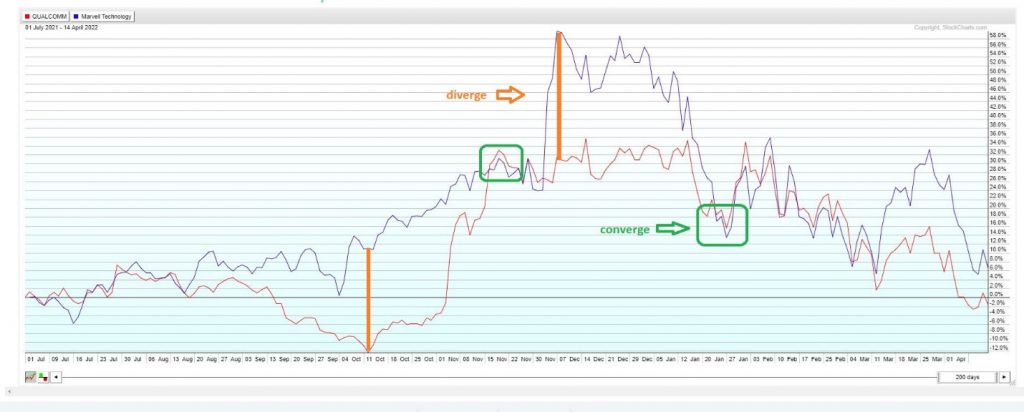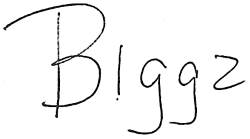Most of us think as hedge funds these days as overly aggressive traders making big directional bets. The headlines are repeatedly littered with major blow-ups in the hedge fund universe that further validates this viewpoint.
In reality, a true hedge fund can be a risk-reducing way to generate solid, steady returns. Unfortunately, most of these funds require minimum initial investments in the seven-figure range.
Luckily the POWR ratings provides a way to create your own hedge fund the right way. Simple, straightforward and with only a few thousand bucks. Let’s see how to do it.
The original hedge fund was first started by Alfred Jones in 1949. The original premise was simple: buy stocks you thought were going to out-perform and sell similar stocks you believed would have difficulty. For example, if you thought Ford was a better buy than GM, then buy (go long) Ford stock and sell (go short) GM stock.
This greatly reduces both overall market and industry exposure by pairing stocks in this manner. If the overall market goes up, or auto stocks go up, both Ford and GM will likely follow suit in a similar manner. Hence the term “hedge”.
This long/short approach is an ideal way to use the POWR ratings. Focus on buying the A and B Rated -Strong Buy and Buy- stocks and shorting the lower D and F Rated-Sell and Strong Sell-names within the same Industry group.
Let’s talk a quick walk through an example in the Semiconductor and Wireless Chip Industry.
- Qualcomm (QCOM) is a Strong Buy-A Rated- Stock. It stands at number 4 out of 96 within the industry.
- Marvell Technology (MRVL) is a Sell -D Rated- Stock. It stands at number 86 out of 96 within the industry.
Normally QCOM and MRVL are highly correlated. This simply means the two stocks generally move in a similar manner. It makes intuitive sense since both are chip stocks.
On occasion, however, these two stocks will diverge, or no longer trade in unison. Inevitably this divergence will correct and converge back to the norm. The chart below highlights this scenario. MRVL is shown in purple and QCOM is the red line.

The orange bars show the times over the past 200 days when MRVL stock got to dramatic extremes of out-performance (diverge) compared to QCOM. The green boxes highlight the subsequent move back to the traditional norm (converge).
MRVL stock has diverged once again from QCOM. Marvell is basically unchanged since March 7 while Qualcomm has dropped nearly 10% in that time frame.
One would expect that relationship to converge once again back to normal with QCOM out-performing MRVL. One way to position to profit would be to buy QCOM stock and short MRVL stock.
This can be an effective way to play it. Since Qualcomm is about twice the price of Marvell, you would buy 100 shares of QCOM and short 200 shares of MRVL. This keeps the percentage moves for each stock roughly the same.
While effective, it is also very expensive. Buying 100 shares of QCOM would tie up nearly $7,000 and shorting 200 shares of MRVL would need just over $6,000-and that’s fully margined. In reality you would need about $15,000-$20,000 to comfortably put on the pairs trade between QCOM and MRVL using stock.
Luckily, the options market provides a much more cost-effective solution. Buy bullish call options in place of buying stock. Buy bearish put options instead of shorting stocks.
The at-the-money June calls in QCOM are trading about $9.00 per contract. Each option would require only $900. The similar at-the-money June puts in MRVL are trading about $450. 2 contracts of those would tie up about $900 as well.
So instead of needing almost $20,000 for the stock trade, you can do the option trade for less than $2,000.
We just did a pairs trade in the POWR Options portfolio using this very strategy. Those interested can check it out on the website.
Take control and become your own hedge fund manager by combining the POWR ratings along with the power of options. Plus you won’t have to pay those ridiculously high performance and management fees charged by the hedge fund industry.
POWR Options
What To Do Next?
If you're looking for the best options trades for today’s market, you should check out our latest presentation How to Trade Options with the POWR Ratings. Here we show you how to consistently find the top options trades, while minimizing risk.
If that appeals to you, and you want to learn more about this powerful new options strategy, then click below to get access to this timely investment presentation now:
How to Trade Options with the POWR Ratings
All the Best!

Tim Biggam
Editor, POWR Options Newsletter
QCOM shares were trading at $137.85 per share on Monday afternoon, up $0.94 (+0.69%). Year-to-date, QCOM has declined -24.30%, versus a -7.85% rise in the benchmark S&P 500 index during the same period.
About the Author: Tim Biggam

Tim spent 13 years as Chief Options Strategist at Man Securities in Chicago, 4 years as Lead Options Strategist at ThinkorSwim and 3 years as a Market Maker for First Options in Chicago. He makes regular appearances on Bloomberg TV and is a weekly contributor to the TD Ameritrade Network "Morning Trade Live". His overriding passion is to make the complex world of options more understandable and therefore more useful to the everyday trader. Tim is the editor of the POWR Options newsletter. Learn more about Tim's background, along with links to his most recent articles.
The post How To Become Your Very Own Hedge Fund Manager appeared first on StockNews.com